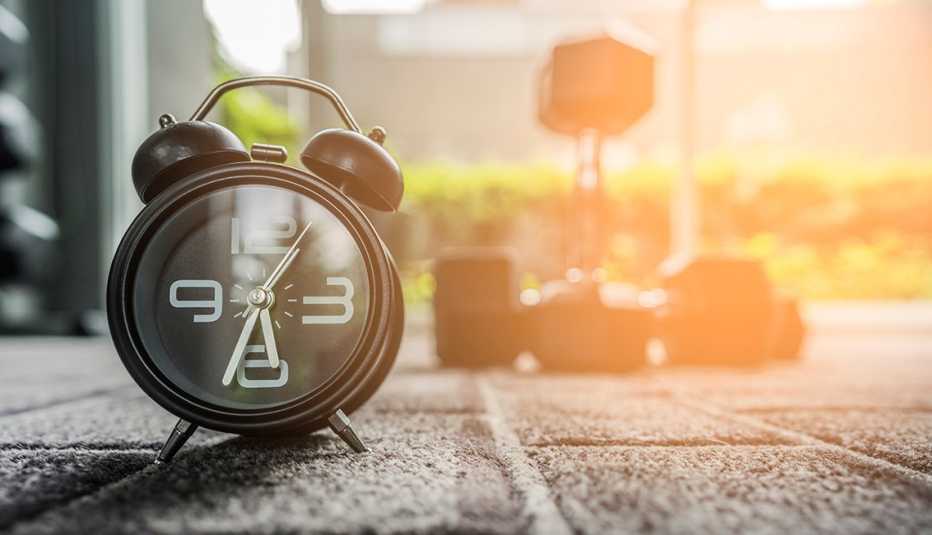Staying Fit


What if you could target the best time of day to work out to burn fat, reduce belly fat, manage diabetes or build muscle? Research suggests there may be better times to work out to help you meet specific fitness goals. You can also time your workouts to help manage certain medical conditions.
Regular exercise can help you control your weight, lower blood pressure and manage blood sugar and insulin levels. Consistent exercise also helps you build muscle mass and get better sleep. Workout routines can boost your mood and slow cognitive decline.


AARP Membership— $12 for your first year when you sign up for Automatic Renewal
Get instant access to members-only products and hundreds of discounts, a free second membership, and a subscription to AARP the Magazine.
So, when is the best time of day to work out? Morning, afternoon and evening exercise each have benefits. But the best time to work out depends mainly on your individual goals.
Here’s what the science says about the best time to work out for specific results.
Morning workouts burn belly fat
“Morning exercise wins the day for optimal belly fat loss,” says Paul Arciero, a doctor of human physiology and nutrition and author of The PRISE Life: Protein Pacing for Optimal Health and Performance. Arciero is the lead author of a 12-week Skidmore College study on morning and evening exercise and a Skidmore College professor.
For the study, healthy, middle-aged men and women worked out with resistance, exercise and rest intervals, stretching and endurance throughout the week. Participants fasted overnight but ate a protein snack before working out in the morning.
Women exercising in the morning lost significantly more belly fat than the women in the evening group. But men in the morning and evening groups didn’t differ in lost belly fat. They lost equally significant amounts of belly fat whether they exercised in the morning or evening.
“It’s likely the men started with greater amounts of belly fat,” Arciero says. “Therefore, they had more belly fat to lose, suggesting that the PRISE fitness routine is equally effective at stimulating belly fat loss in men regardless of the time of day they exercise. Women may have started with slightly less belly fat. Combined with the morning PRISE fitness routine, this triggered a more favorable response with fat burning compared to the evening group.” (Arciero developed the PRISE exercise protocol: protein pacing, resistance training, interval sprint training, stretching and endurance training.)
Better morning results for the women could also be due to differing male and female hormone levels at varying times of day, says Arciero. “Early morning exercise combined with less available food energy increases fat burning,” he says.
Morning workouts may boost weight loss
The science is mixed on the best time of day to exercise to lose weight. Although a review of multiple studies on exercise and weight loss found that morning exercise at the same time each day may lead to greater weight loss, a study in the research journal Obesity concluded, “there does not appear to be an optimal time to exercise” to lose weight.




































































More on Health
6 Simple Strategies for Sleeping Through the Night
Tips for getting the deep sleep you need. Plus, how to get back to sleep if you wake in the wee hours
7 Best Arm Workouts to Help You Get Stronger
This easy upper-body workout may help you feel (and look) stronger
The #1 Exercise to Do as You Get Older
If you only have time for one exercise, fitness experts say, do this one